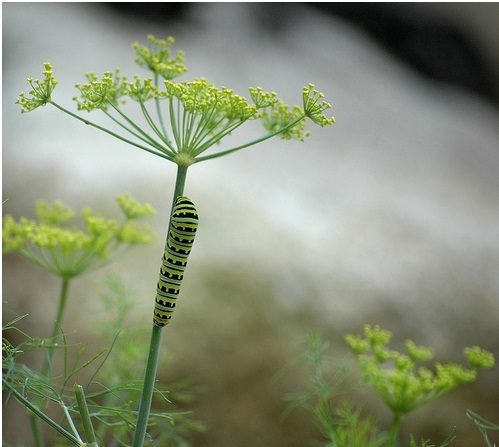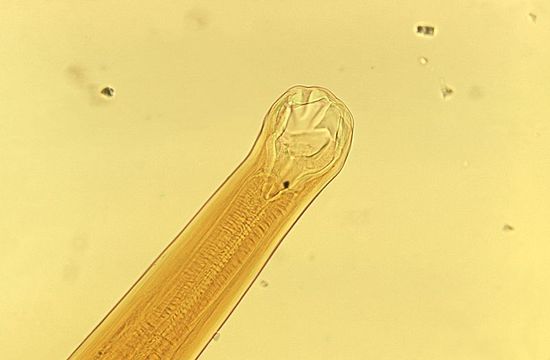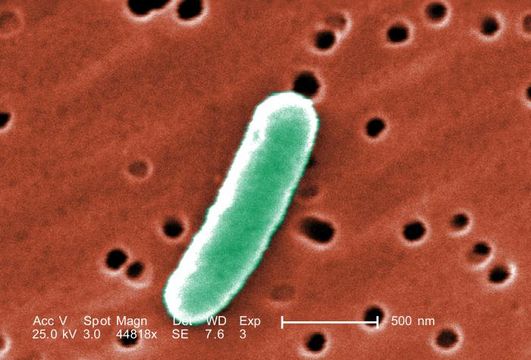Interactions
Dill interacts with many different species ranging from
insects, fungi, bacteria, and other plants. I’m going to
touch on a few of the most important interactions that dill
plants have.
 *The dill plant and other members of the Apiaceae family are
extremely important to the Eastern Black Swallowtail butterfly. Dill is
one of the main food sources for this organism, as well as a
host for the egg and cocoon stages. These dill plants are great for
the black swallowtails; however, unfortunately for the dill
these beautiful creatures can wipe these plants out in a matter
of weeks during their caterpillar stage. Another important
interaction between dill and this organism is that the butterfly
helps dill pollinate, an important stage of dill's reproduction.
*The dill plant and other members of the Apiaceae family are
extremely important to the Eastern Black Swallowtail butterfly. Dill is
one of the main food sources for this organism, as well as a
host for the egg and cocoon stages. These dill plants are great for
the black swallowtails; however, unfortunately for the dill
these beautiful creatures can wipe these plants out in a matter
of weeks during their caterpillar stage. Another important
interaction between dill and this organism is that the butterfly
helps dill pollinate, an important stage of dill's reproduction.
*The Anise Swallowtail, a close relative of the Black
Swallowtail, also has a very close relationship with dill.

* Bees are also important to the dill plant because they help with
the reproduction of dill. Without pollinators such as bees, dill
would not be able to cross pollinate!
Learn about the
European Honey Bee
*Dill also likely has a mutualistic relationship with
endomicorrhizae, which is a type of fungus in the phylum
Glomeromycota. These fungi grow inside the root cells of the plant,
breaking down essential nutrients such as nitrogen and phosphorus
for the plant in exchange for sugars that the plant produces.

*Dill is very interesting because it produces several compounds,
such as d-carvone, that repel certain microbes and pesky insects such
as fruit flies. This is important so that dill doesn't get
eaten. It has also been observed that a fragrance given
off by dill called anethole may be effective in getting rid of
hookworms!

*Talk about a useful organism - dill has also been known to stop the growth of certain
bacterium such as
E. coli, streptococcus
(strep throat), and
staphylococcus
(staph infection)!
Now that you know about some of dill's interactions with other organisms, go to the Facts page to learn some fun things about dill and to find a couple recipes involving this DILL-icious plant!
